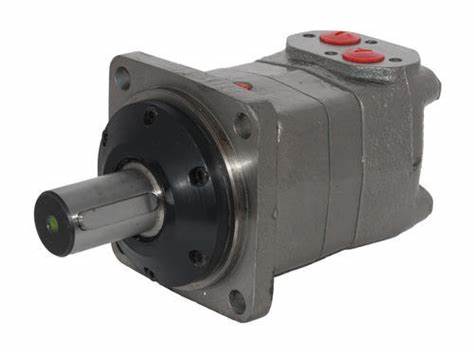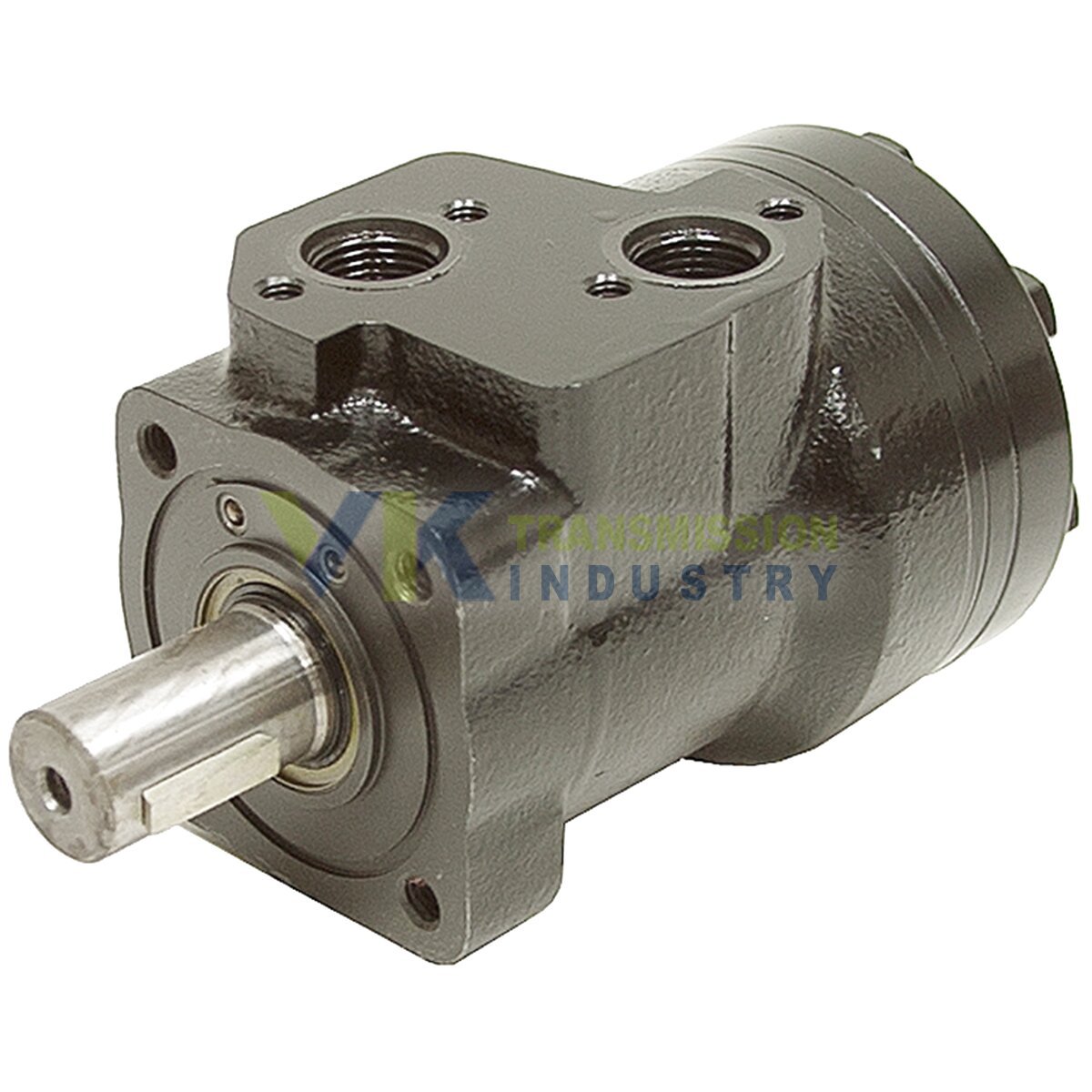Hydraulic Features and classification
Source:VK TRANSMISSIONAuthor:Kevin Addtime:2021-09-13 17:29:32 Click:
The driving shaft of the hydraulic motor is connected with the driving shaft of the pump (coaxially), and when the hydraulic motor rotates, it drives the pump to rotate. In the hydraulic motor, high-pressure oil enters and low-pressure oil is discharged, and the pump sucks in low-pressure oil and discharges high-pressure oil. Of course the hydraulic motor is driven by another pump. This device is generally used in special occasions.
From the perspective of energy conversion, hydraulic pumps and hydraulic motors are hydraulic components that work reversibly. Inputting working fluid to any hydraulic pump can turn it into a hydraulic motor working condition; on the contrary, when the main shaft of the hydraulic motor is external When the torque is driven to rotate, it can also be changed to the working condition of the hydraulic pump. Because they have the same basic structural elements-airtight but cyclically variable volume and corresponding oil distribution mechanism.
However, due to the different working conditions of hydraulic motors and hydraulic pumps, their performance requirements are different, so there are still many differences between hydraulic motors and hydraulic pumps of the same type. First of all, the hydraulic motor should be capable of forward and reverse rotation, so its internal structure is required to be symmetrical; the speed range of the hydraulic motor needs to be large enough, especially for its minimum stable speed. Therefore, it usually uses rolling bearings or hydrostatic sliding bearings; secondly, because hydraulic motors work under the condition of input pressure oil, they do not need to have self-priming ability, but a certain initial sealing is required to provide the necessary starting torque. Because of these differences, hydraulic motors and hydraulic pumps are similar in structure, but they cannot work reversibly.
classification introduction.
1. Hydraulic motors are classified according to their structure types, which can be divided into gear type, vane type, plunger type and other types.
2. According to the rated speed of the hydraulic motor, it is divided into two categories: high speed and low speed. Those with a rated speed higher than 500r/min are high-speed hydraulic motors, and those with a rated speed lower than 500r/min are low-speed hydraulic motors.
A. The basic types of high-speed hydraulic motors include gear type, screw type, vane type and axial plunger type. Their main features are high speed, small moment of inertia, easy start and braking, and high sensitivity of adjustment (speed regulation and commutation). Usually the output torque of high-speed hydraulic motor is not large, so it is also called high-speed small-torque hydraulic motor.
B. The basic type of low-speed hydraulic motors is radial plunger. In addition, there are also low-speed structural types in axial plunger, vane and gear types. The main characteristics of low-speed hydraulic motors are large displacement, large volume and low speed. (Sometimes up to a few revolutions per minute or even a few tenths of a revolution), so it can be directly connected to the working mechanism; no deceleration device is required, which greatly simplifies the transmission mechanism. Generally, the low-speed hydraulic motor has a large output torque, so it is also called low-speed large Torque hydraulic motor.

Fourth, the main parameters of the hydraulic motor.
1. Working pressure and rated pressure
Working pressure: Input the actual pressure of the motor oil, and its size is determined by the load of the motor.
The difference between the inlet pressure and the outlet pressure of the motor is called the differential pressure of the motor.
Rated pressure: According to the test standard, the highest pressure that enables the motor to work continuously and normally.
2. Displacement and flow
Displacement: Without considering leakage, the volume of liquid that needs to be input per revolution of the hydraulic motor. Vm (m3/rad)
Flow rate: The flow rate without leakage is called the theoretical flow rate qMt, and the actual flow rate qM is considered as the leakage flow rate.
3. Volumetric efficiency and speed
Volumetric efficiency ηMv: The ratio of the actual input flow rate to the theoretical input flow rate.
4. Torque and mechanical efficiency
Without the loss of the motor, its output power is equal to the input power.
Actual torque T: The loss torque ΔT is generated due to the actual mechanical loss of the motor, which is smaller than the theoretical torque Tt, that is, the mechanical efficiency of the motor ηMm: equal to the ratio of the actual output torque of the motor to the theoretical output torque.
5. Power and total efficiency
The actual input power of the motor is pqM, and the actual output power is Tω.
Motor total efficiency ηM: The ratio of actual output power to actual input power.

